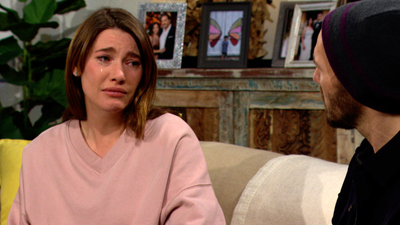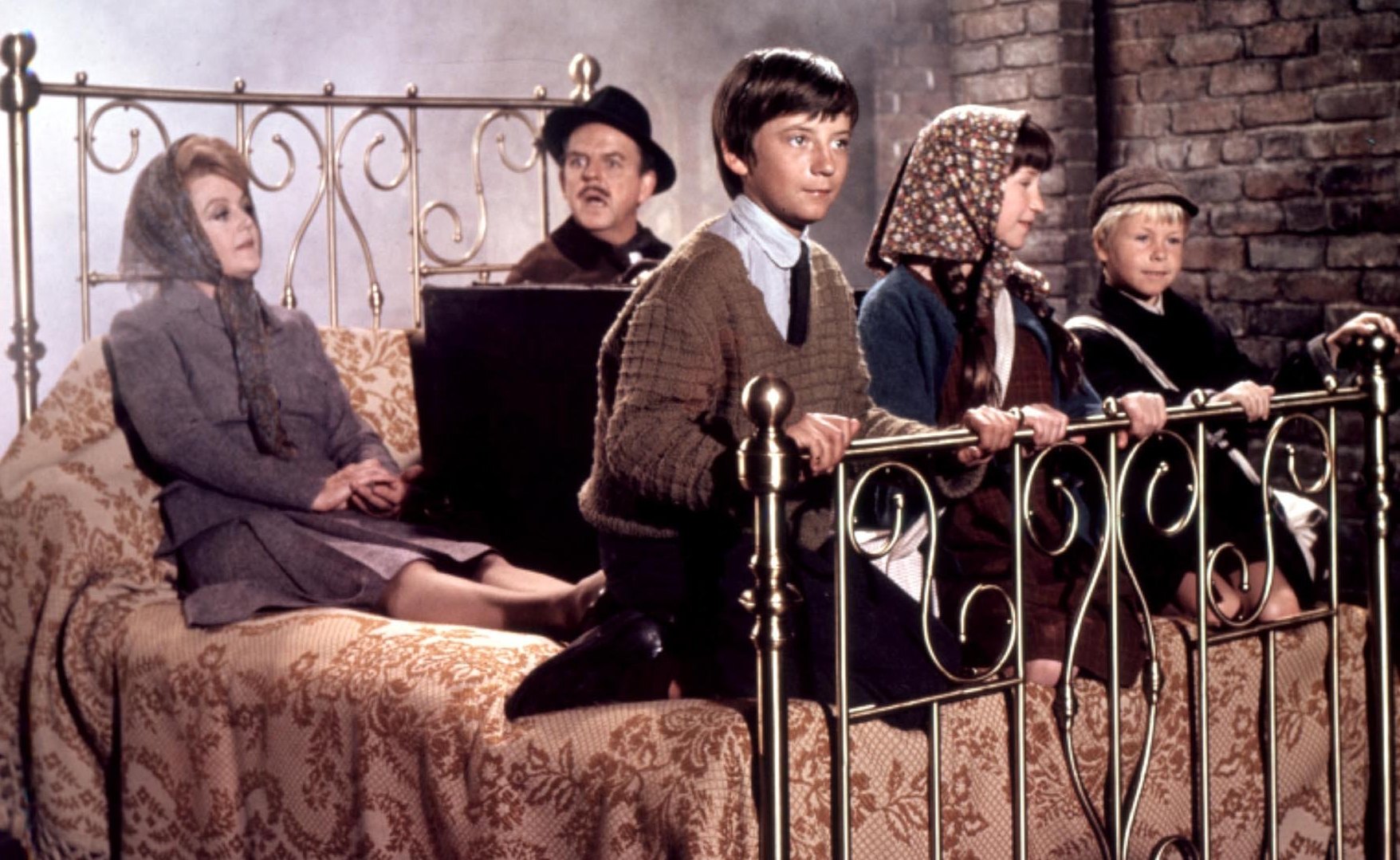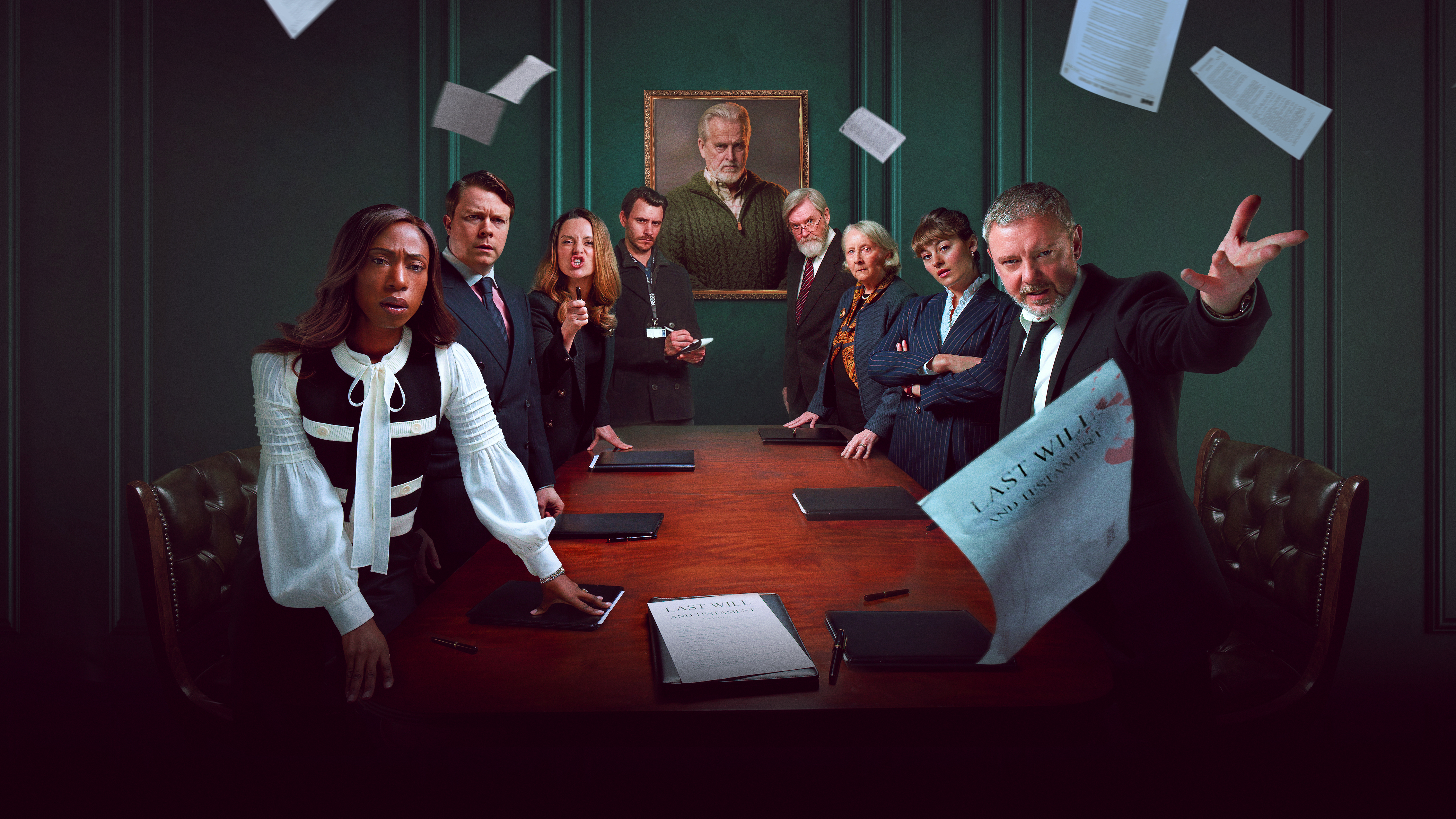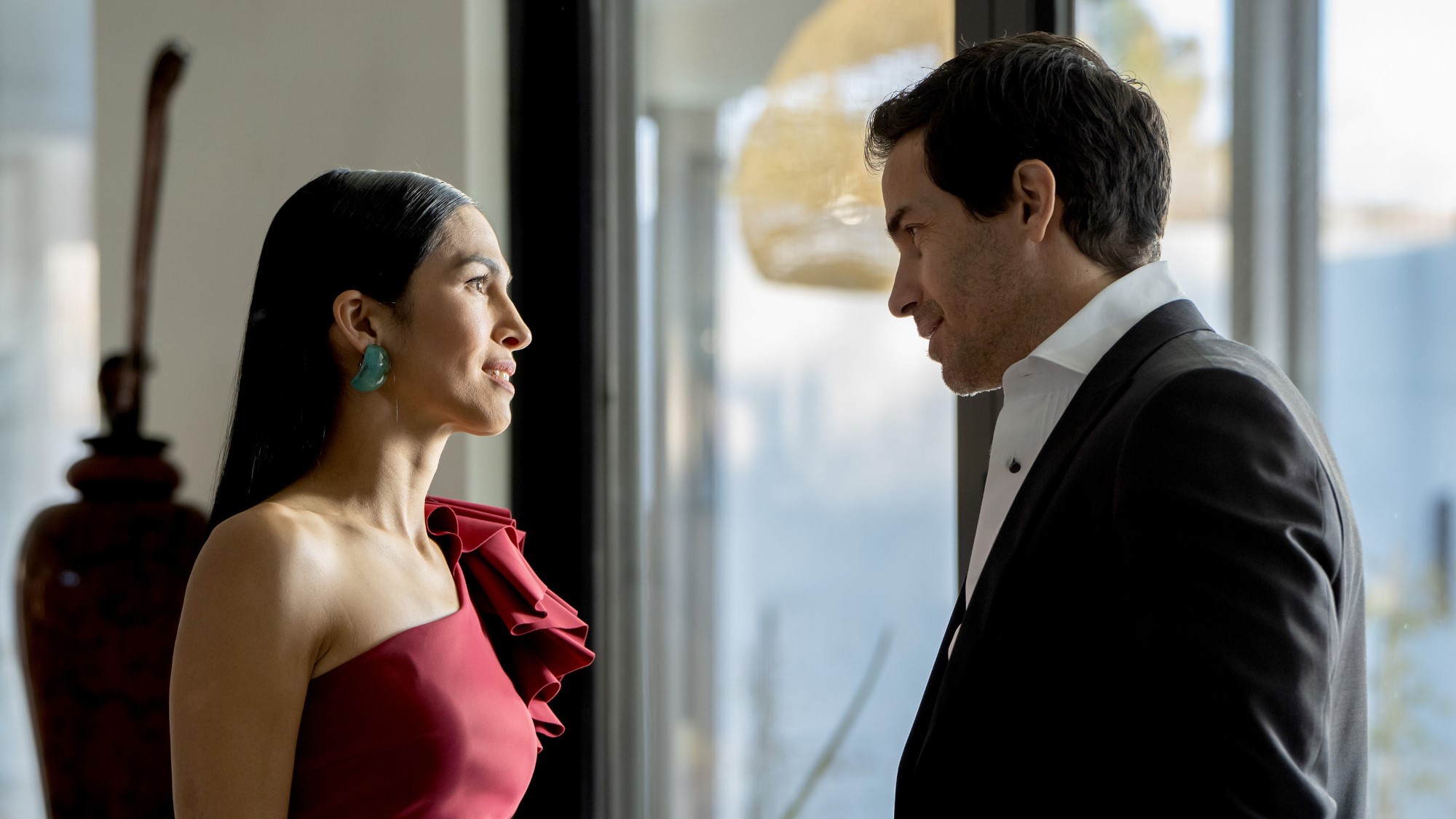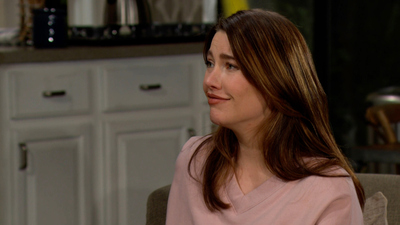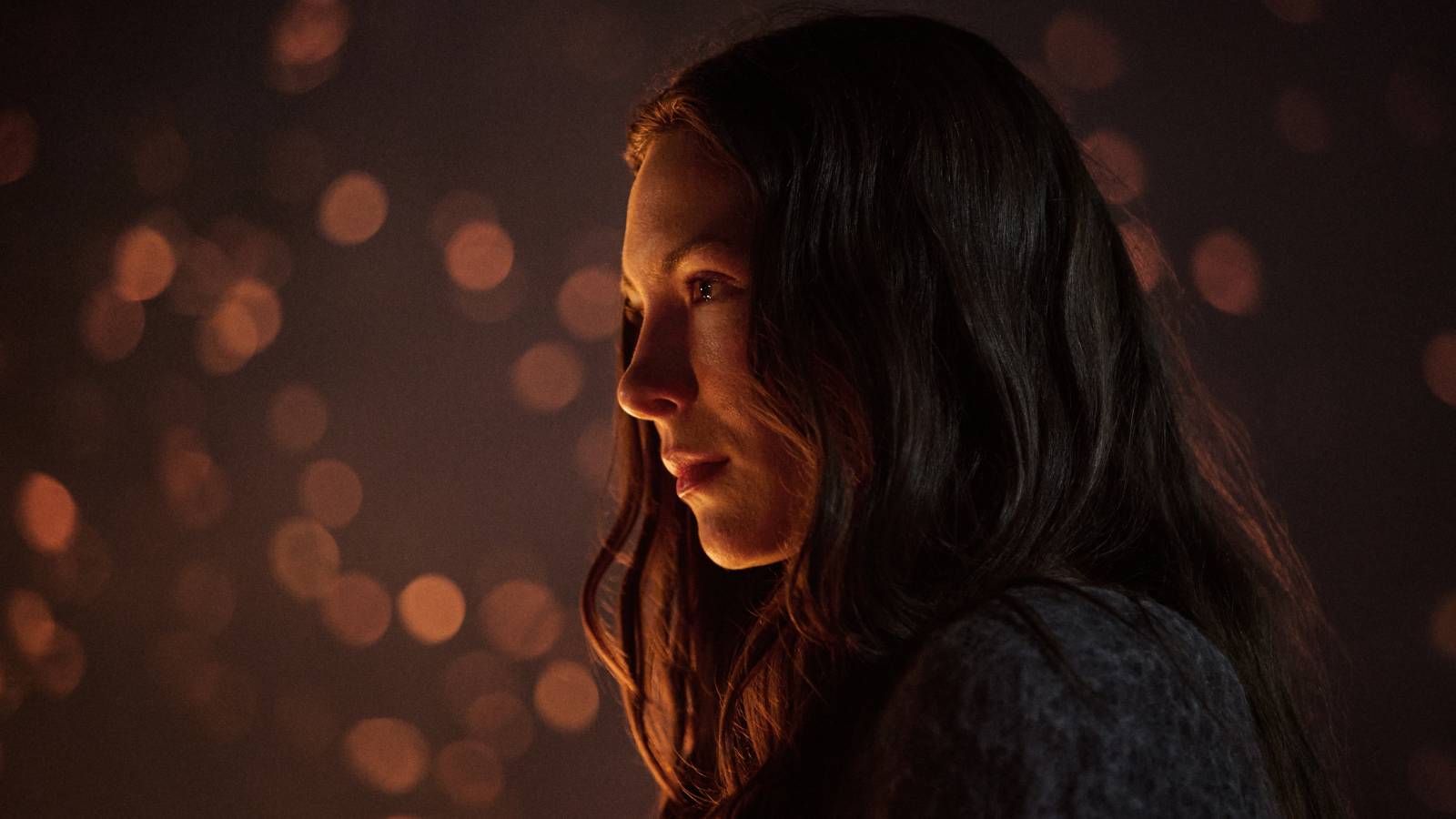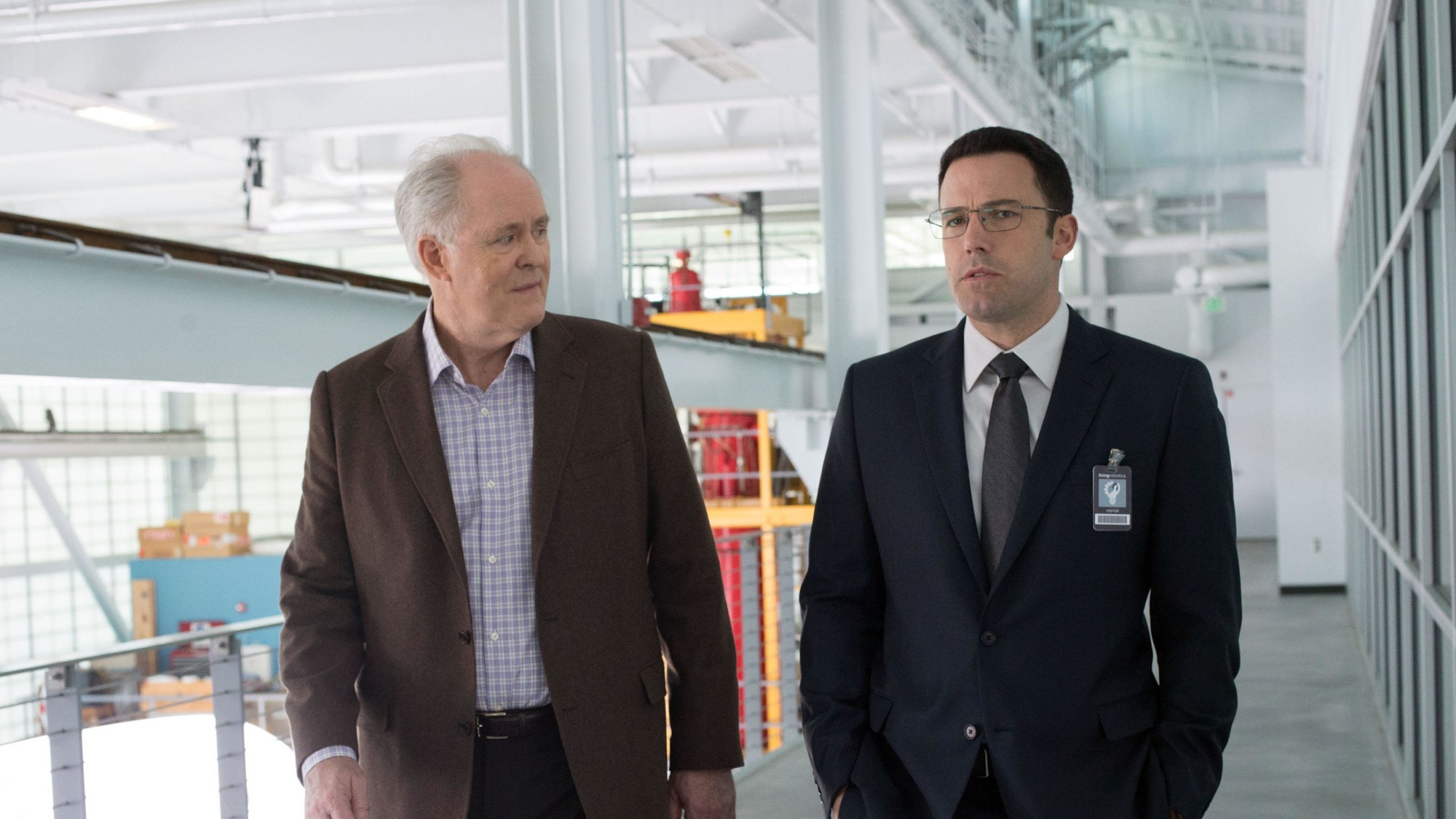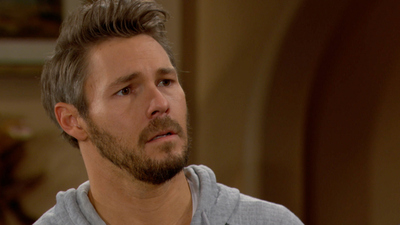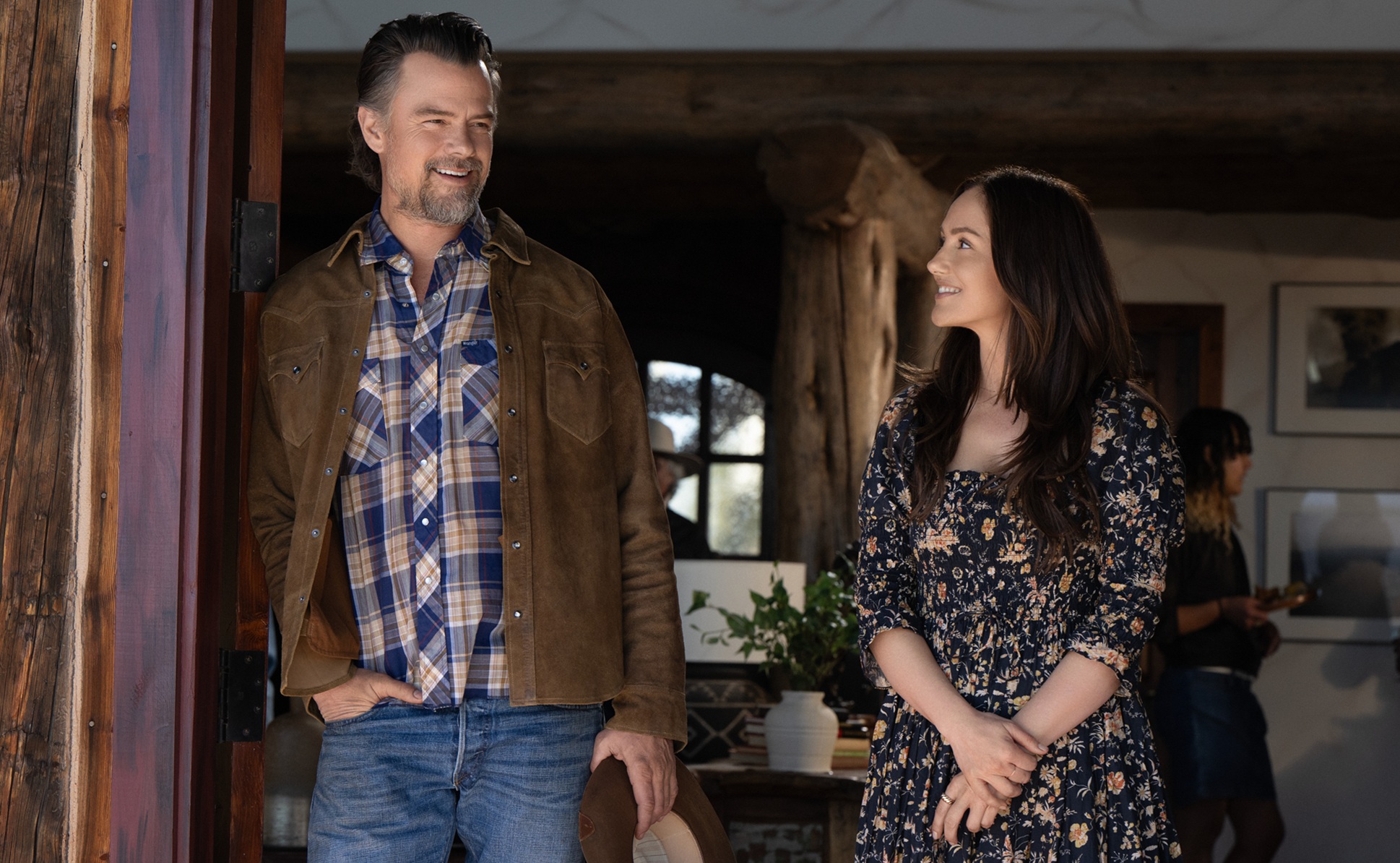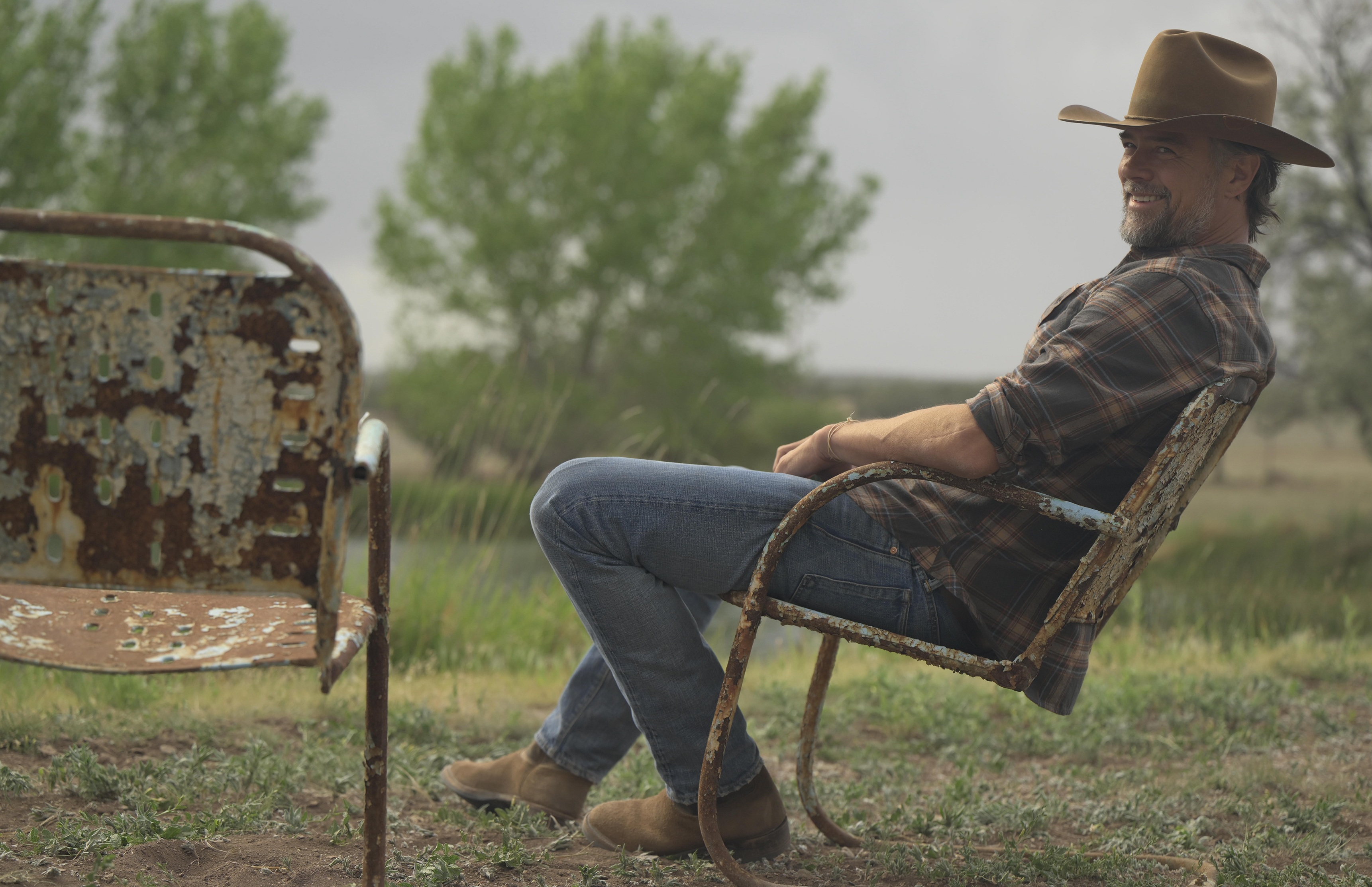Can the 'Bewitched' reboot deliver Elizabeth Montgomery-worthy magic?
Several attempts have been made to revive Bewitched — all without much success.
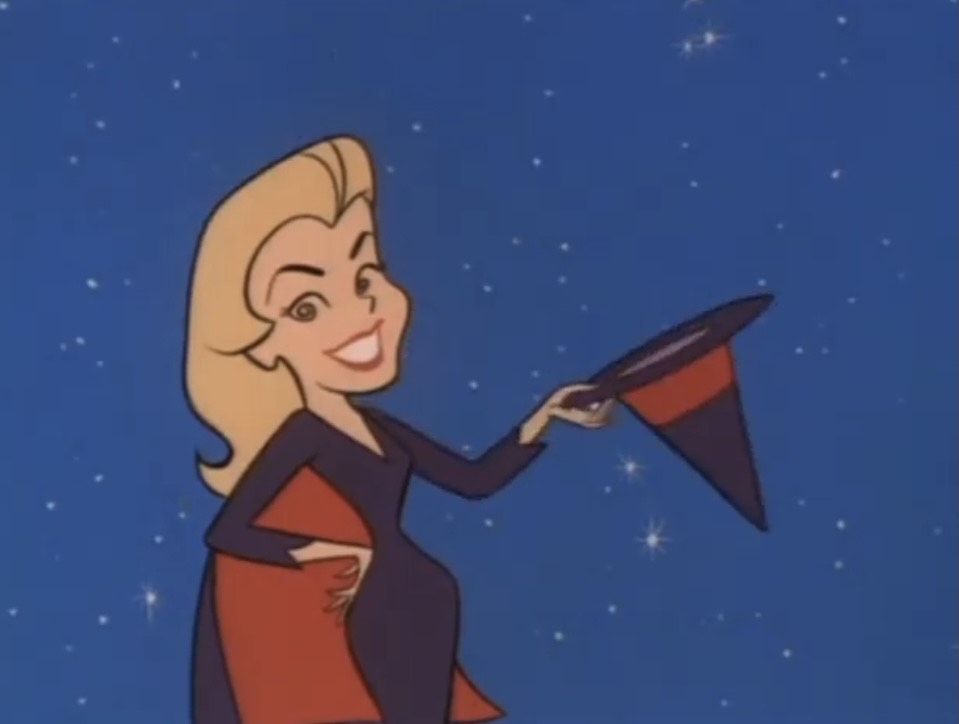
Three years ago, ABC announced a Bewitched reboot was in the works with Black-ish creator Kenya Barris. The contemporary update to the witchy suburban sitcom would focus on a hardworking Black single mom called Samantha who falls for a white slacker mortal called Darrin. This initial announcement came after Barris had inked a multi-million dollar deal with Netflix, but it never came to fruition. “I thought it was an incredibly smart rethink and re-telling of that story,” then ABC president Karey Burke said when it got bounced off the pilot season schedule (apparently "the script wasn’t quite there.")
Now, Samantha Stephens is back in the news with a different revival announced this week. Instead of going back to her TV origins, Sony is once again attempting to bring the iconic witch to the big screen. Previous endeavors have proved it takes more than a twitch of the nose to recapture what made this a huge hit in the mid-60s. Can this new version live up to the Elizabeth Montgomery mantle?
Originally created in 1964 by Sol Saks, Bewitched followed in the footsteps of I Married a Witch and Bell, Book and Candle that ditched old crone imagery and instead domesticated the supernatural. Romantic overtures are at the heart of each story, but witches are also allegorical figures standing in for the persecuted in Arthur Miller’s 1953 play The Crucible. This powerful text highlights how Salem’s infamous witch trials were still relevant nearly 300 years later (and is still a go-to historical event in pop culture). Samantha’s (Montgomery) desire to be a regular housewife was a premise that even in the decade it aired was considered “patently ridiculous after one look at Miss Montgomery.” In a protest heavy era that saw more women joining the workforce — and birth control pill aiding freedom — the suburban fantasy and giving up your powers to marry a mortal man is incredibly regressive on the surface. However, despite Darrin’s (Dick York) constant nitpicking about witchcraft, the choice to live this life was always Samantha’s.
Running for eight seasons, Bewitched infused issues of the period beneath the sunny sitcom facade. Blacklisted writers could address the persecution they experienced at the heart of the McCarthy trials (see the Season 3 episode “Samantha’s Thanksgiving to Remember”) and one of Dick York’s final episodes is the show at its most explicit when dealing with bigotry and anti-immigration sentiment. In “The Battle of Burning Oak,” Samantha and Darrin challenged the discriminatory membership of a private club with satisfying results. This episode aired in 1969, during a particularly fraught time, and shows how primetime network comedy isn’t always apolitical — Montgomery was an activist who spoke out against the Vietnam War, raised awareness during the AIDS epidemic, and supported animal rights groups.
The marriage at the center of the story between a witch and mortal is ripe for contemporary stories and Barris’ stalled version underscores how the pairing is still relevant in terms of exploring prejudice. Samantha struggles at times to fit into either the housewife or witch boxes when she is being pulled in different directions by her mortal husband and witch relatives. While a reboot has been in the works, it is also notable that this announcement comes after the recent success of WandaVision. Tapping into sitcom nostalgia, the Disney+ Marvel series utilized old favorites like I Love Lucy and The Dick Van Dyke Show to great effect. Considering Wanda’s (Elizabeth Olsen) abilities, it is no surprise that Bewitched was a source of narrative and practical effect inspiration — not to mention the series shot on Blondie Street aka the same Warner Bros. Ranch lot as the ‘60s series.
Choosing to draw on this TV staple introduced a new generation of viewers to the TV’s celebrated Golden Age via the MCU. The Bewitched audience extends beyond those who watched it when it originally aired because reruns have kept these characters alive long after Montgomery cast her last spell. Additionally, the episodes are still available to watch now, and I have recently been making my way through the series — I had previously seen the show but never to this extent. Running for 253 episodes means this is quite the project, but aside from some expected cultural and language shifts, it holds up well. The casting is terrific with Montgomery not only playing the effortlessly charming Samantha but also the mischievous look-a-like cousin Serena — even the effects during these shared scenes are still a triumph — and both Darrin’s have oodles of chemistry with their on-screen wife. Yes, Darrin’s bumbling and oafish opinions regarding witchcraft are tiresome but this obstacle is one required to keep up the premise and tension. Agnes Moorehead as Samantha’s mother Endora and her inability to give Darrin any respect is introduced in the pilot and a staple of the difficult mother-in-law trope. However, this character is much more than the “battle-ax” description that many favored.
Hollywood is constantly drawing on stories told many times over featuring beloved characters and it was only time before Bewitched joined the conversation (again). When the series ended in 1972, ABC waited four whole years to launch spinoff Tabitha. Two pilots were shot (in 1976 and 1977) with some major tweaks made in-between — Tabitha’s brother Adam went from being a warlock to a mortal in a funhouse mirror spin on the original dynamic. Tabitha was also aged up quite dramatically as she is still a child when Bewitched ended but now she is a young woman working in television. Unlike other witches who retain their youth, Tabitha appears to have experienced the opposite. Unfortunately for ABC, this sitcom did not grab audiences and it was canceled after only 10 episodes (11 if you include the first pilot).
Get the What to Watch Newsletter
The latest updates, reviews and unmissable series to watch and more!
The next attempt to revive these characters occurred in 2005 when Nora Ephron took a meta spin with these characters. Instead of a direct remake, Will Ferrell stars as washed-up movie star Jack Wyatt having to resort to a Bewitched TV reboot to revive his career. Insisting on an unknown actress to play Samantha (so the spotlight shines on him), Isabel Bigelow (Nicole Kidman) is cast in the legendary role. In part, this is because she can do the signature nose twitch — the twist is she is actually a witch in real life. A box office and critical bomb, this movie is held up as an example of how not to adapt a TV show for a theatrical release. However, the quality of this venture doesn’t match the dismal reception. While it isn’t as good as other Ephron rom-coms like When Harry Met Sally or You’ve Got Mail, it is also not a write-off. I watched it for the first time recently and thought the set-up was a smart choice. While the second half flounders, on the whole, it is a solid three-star movie that understands the magic of Bewitched in a contemporary rom-com setting.
Cut to 2021, and this week’s announcement that 12 Monkeys and MacGyver's Terry Matalas and Travis Fickett are writing a movie script following the witch/advertising executive formula of the original series. Matalas and Fickett have the credentials (and past experience) to adapt a pre-existing story, but the lack of women in this announcement (the two named producers are also men) is a concern. Yes, Sol Saks created Bewitched (he did only write one episode) and Montgomery’s then-husband William Asher directed 131 episodes, but Montgomery was intrinsic to the evolution of this character. While I am not one for dismissing something before it has even made it past the development stage, these early signs set off warning bells. Perhaps this will be the project that breaks the Bewitched reboot hex but even if it is as lukewarm as Endora’s reaction to her son-in-law, WandaVision’s nod to the series is a reminder of what made this show great. Plus, there are already over 250 episodes of the original series that will leave you spellbound.
Emma Fraser spends most of her time writing about TV, fashion, and costume design; Dana Scully is the reason she loves a pantsuit. Words can also be found at Vulture, Elle, Primetimer, Collider, Little White Lies, Observer, and Girls on Tops. Emma has a Master’s in Film and Television, started a (defunct) blog that mainly focused on Mad Men in 2010, and has been getting paid to write about TV since 2015. It goes back way further as she got her big start making observations in her diary about My So-Called Life’s Angela Chase (and her style) at 14.

